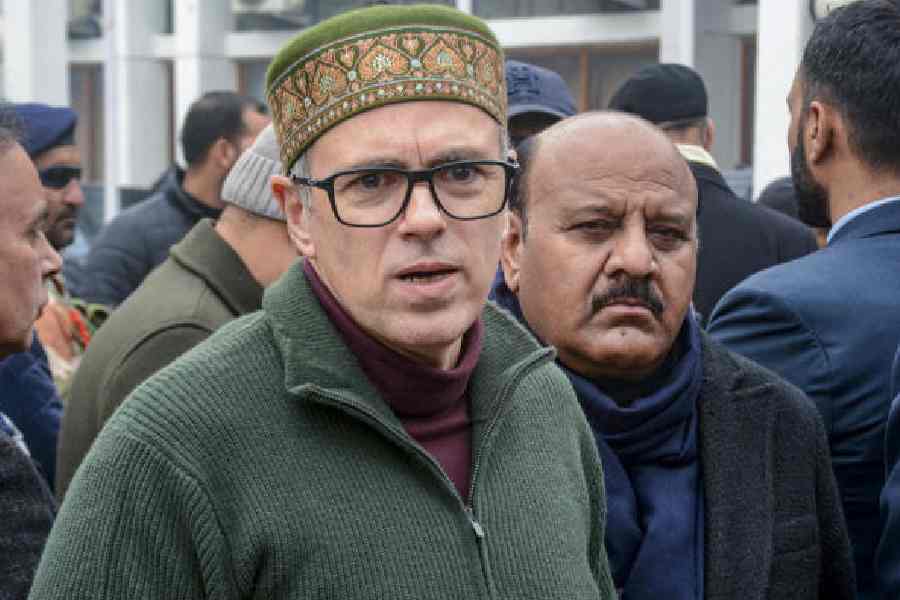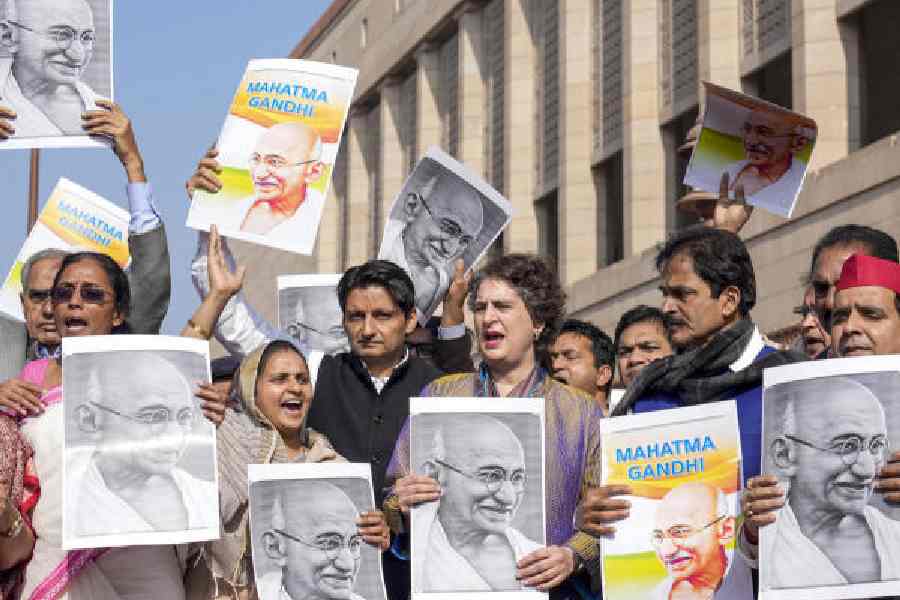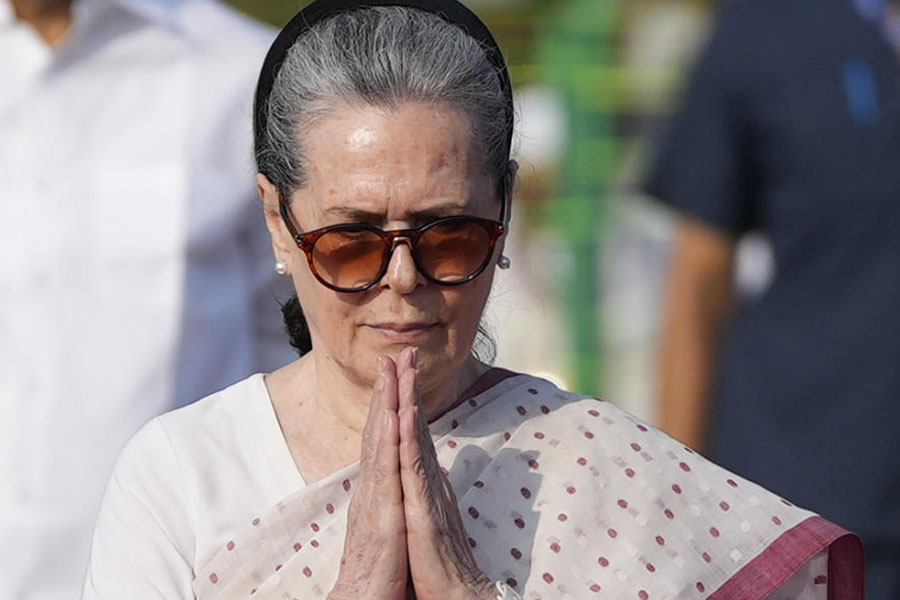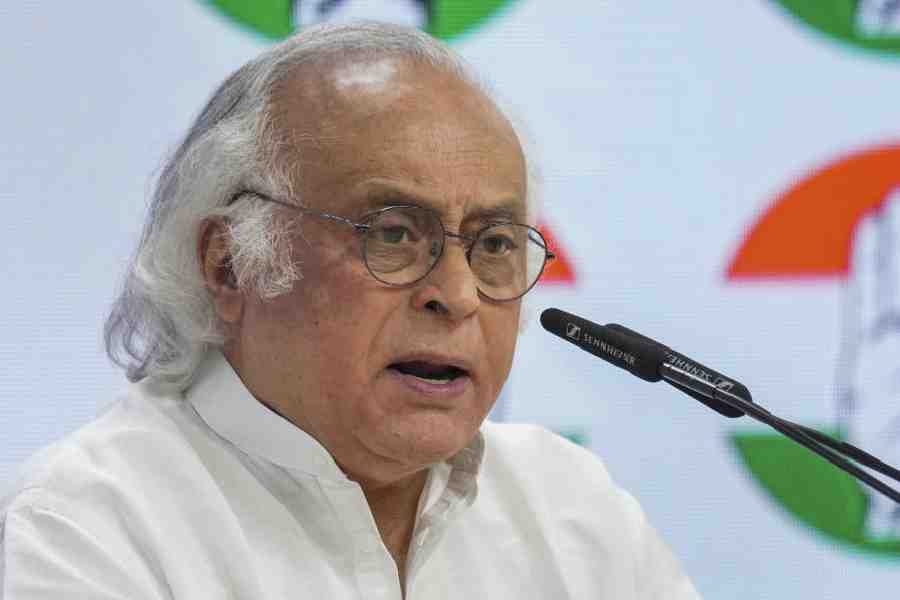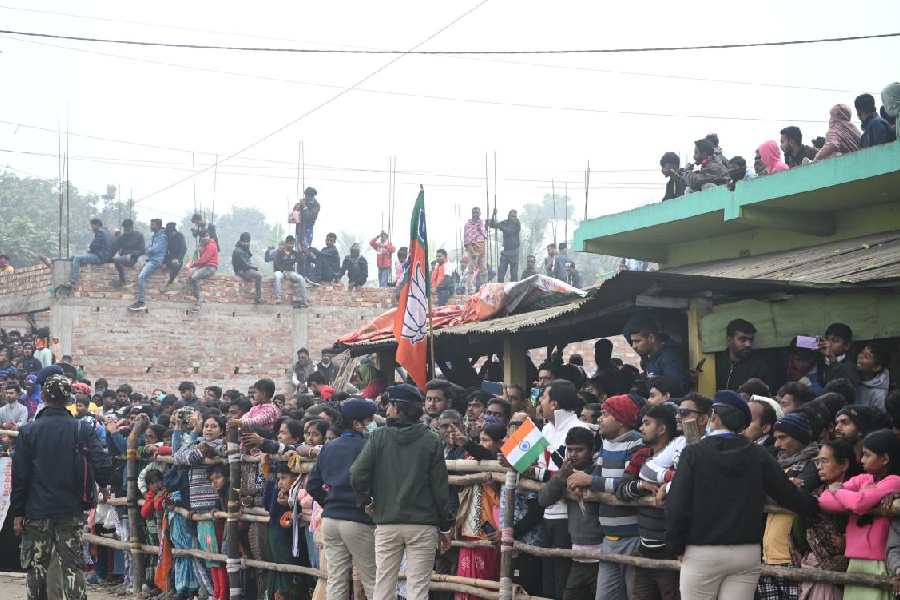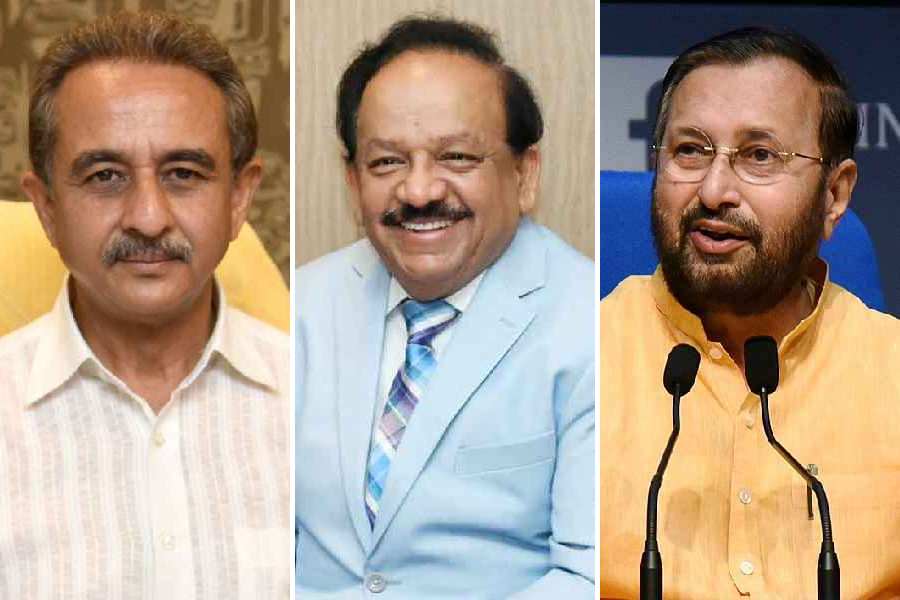For centuries, fairy tales portrayed evil people as afflicted in some way. Evil was seen to go hand in hand with disability. Hobbling Shakuni from Mahabharat, hunchbacked Manthara of Ramayan or the limping, humpbacked witch in Hansel and Gretel or the more recent, nefarious Scar in Disney’s The Lion King, are but a few examples. Even William Shakespeare, showed King Richard III with a deformed body to match his wicked acts.
Persons with disabilities might best be described in the Indian media as an invisible minority. As a country develops so does social and media expressions, but persons with disabilities have always appeared in stereotyped roles.
Traditionally, they have been portrayed in two ways in films and television shows.
One is the “superhero syndrome,” in which the disabled character never feels any trouble adjusting to life with a disability and continues living as if nothing had ever happened.
The other portrayal is as an object of pity, a person who never adjusts to his/her disability and lives in a perpetual state of self-loathing and depression.
Even in news bulletins, real people with disabilities are often put into one of these two categories.
These stories often appear in the human-interest segment of the news — either how the people faced challenges and became successful or living a pitiable life, if they have suffered at the hands of the government or society.
Either way, they give the idea that the disabled person is a special person — someone with special needs. Thus, unknowingly, media often promotes segregation — the disabled person is never part of the mainstream society.
But by changing the perspective, by looking at the disabled person as a potential rather than a problem, not special but ordinary in every way, we can change the perception of society. That is a vital role media can play.
Generally occasions such as the International Day of Disabled Persons (instituted by the United Nations in 1992) generate more media coverage for disability issues. However, the writings mostly are about political heads distributing aids and appliances, celebrities in special schools distributing chocolates or playing games, or some sporting or other event held on that day. Going a little further, some reports feature non-government organisations, special schools and achievers.
Another common story angle revolves around issues such as violence, abuse and paucity of facilities for the treatment of disabled people in hospitals or the government’s lack of commitment in addressing disability issues. In the shadow of these reports, the main issues, such as universal access, education, employment, voting rights and political participation, get sidelined. The UN theme hardly ever makes it to the news columns.
Like in India, in different countries, the disability laws and acts “protect” the rights of people with disabilities, mainly in the context of employment and services. Interestingly, but not surprisingly, the rights of the people with disabilities related to their portrayal in the media are not included in the legislation, despite the strong view that how the media portrays people with disabilities has a significant impact on how they are regarded in “so-called” real life (that is, by non-disabled society).
Films in India – Changing trends
Very few film-makers dared to take up disability as their theme. Some of the best remembered films are Sai Paranjpye’s Sparsh, Gulzar’s Koshish, Rajshri Production’s Dosti, T. Rama Rao’s Naache Mayuri and Sanjay Leela Bhansali’s Khamoshi: The Musical. In each of these, persons with disability were the main characters. Thereafter several films attempted but the reel life and real life never met. Like Kyon Ki, Main Aisa Hi Hoon, Koi... Mil Gaya, all came out as non-serious films. But recent sublime works such as 15 Park Avenue and Maine Gandhi Ko Nahin Mara gave rise to hope that there would be more to come. Sanjay Leela Bhansali’s Black managed to go deeper into the world of the physically challenged than any other film in the past. Michelle McNelly and Shreyas Talpade as a deaf and mute boy in Nagesh Kukunoor’s Iqbal have spurred many clones.
Similarly Taare Zameen Par, starring Darsheel Safary as a dyslexic boy and Aamir Khan as the teacher who helps the child come to terms with his predicament and excel in a system that brands him a failure, carries a strong positive message of personal struggles.
Mental illness has been depicted vividly in Indian celluloid. From fantasy, they have slowly moved towards reality. Over the years, there was more awareness and a gradual improvement in the projection of the disorder as was apparent in Sridevi’s portrayal in Sadma and a few years later, in Anil Kapoor’s portrayal in Eeshwar. Film-makers now make special efforts to research the illness. This was evident in Mahesh Bhatt’s Dastak.
Even Rajat Mukherjee’s Pyaar Tune Kya Kiya depicted relevant symptoms of the permutations and combinations that lead to acute violence and depression in a person.
But in all these films, the disabled characters were protagonists. However, what is now required is to cast characters with disability in side roles, as the next-door neighbour or classmate.
Aparna Sen in her films had tried to do this. Paromitar Ek Din dwelt upon schizophrenia, Sati told the tale of a deaf and mute girl’s exploitation within her family, 36 Chowringhee Lane starred Geoffrey Kendall as a dementia patient and 15 Park Avenue focused on the trauma of a schizophrenic woman. Even Mr & Mrs Iyer featured a sequence where a co-passenger travels with her paraplegic child on the bus.
Two other characters that come to mind are the imbalanced younger brother of the villain in Aks, and a ranting Mahesh Manjrekar in Kaante. Regional films have also started taking up disability as their theme. Sumitra Bhave and Sunil Sukhtankar have made a highly sensitive Marathi film, Devrai, on the subject of a mentally challenged mind.
The recent Barfi is a romantic comedy directed by Anurag Basu. Though it revolves around a boy named Murphy (Ranbir Kapoor), whom everyone calls Barfi, who is speech and hearing impaired, and Jhilmil (Priyanka Chopra) who plays an autistic character, it cannot be categorised as a film on disability.
A whiff of fresh air in portrayal of disability in films is still awaited not as much for boosting the spirit of people with disabilities but for the non-disabled to understand and relate to life of the disabled from a neutral point of view.
(The author is a social activist)


